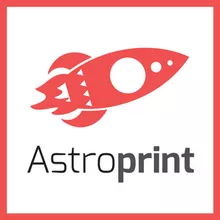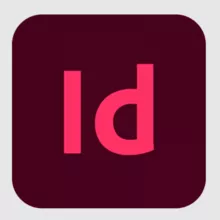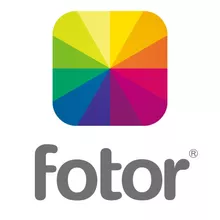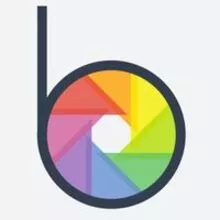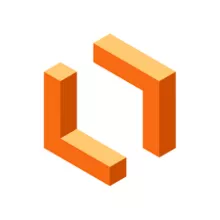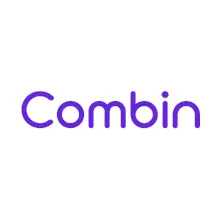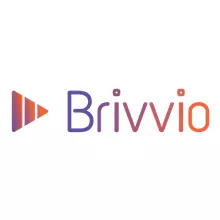3D printer marketplace for consumers
What is Virtual reality Software?
Virtual reality is a 3D environment that is simulated to provide the user with a one-of-a-kind interactive experience. Users typically wear virtual reality systems to affect an interactive VR game or experience, which is sometimes referred to as the leading cause of virtual reality motion sickness. For immersion, most VR systems use PC headsets with goggles or glasses. VR gloves are also used with VR headsets to provide a more grounded sense of virtual realism.
Mixed reality augmented reality is becoming as important as virtual reality. These immersive technologies frequently collaborate. Modern gaming incorporates VR, AR, and other technologies into interactive experiences.
Although hardware aids in bringing the experience to life, many excellent VR software developer tools work behind the scenes to make this possible. Thus, virtual reality development can only go so far without the best VR developer tools available.
To know more about Virtual Reality Software you can read this blog.
Features of Virtual Reality (VR) Software
- Content management: Many tools allow users to upload raw 3D content that will be edited into a VR experience later or existing VR content uploaded directly onto the platform. These platforms enable users to manage and store content and publish directly from them.
- Editing content: The vast majority of VR solutions support editing. Users can edit raw 3D content as well as pre-existing VR experiences. In addition, some editing features support drag-and-drop, allowing users to edit their VR content with little to no coding knowledge.
- Integration of hardware: Any VR solution must integrate with hardware that supports VR experiences. These devices are usually headsets, but they can also be mobile phones.
Check out the list of the best Virtual Reality Software.
Benefits of Virtual Reality Software
- Virtual training: Training managers can use virtual reality software to create a lifelike experience in a simulated environment. Presenters, for example, can upload slides to a virtual room to practice a presentation without distractions and receive real-time feedback on their delivery to improve their public speaking skills.
- Prototypes for architectural designs: Virtual reality software enables architects to visualize the full scale of their building designs without costly physical prototypes. These designs can be shared with customers online to get early feedback. In real-world scenarios, this process enables dynamic modification based on model behaviour.
- Interactive data visualization: Virtual reality software lets users view, analyze, manipulate, and present datasets in a collaborative three-dimensional environment. Immersive 3D maps based on geospatial data, for example, can be used to analyze historic seismic oceanic activity or show stock price volatility for companies all over the world.

